Mustelids (Mustelidae) is the family name for ferrets, stoats and weasels. Mustelids were first introduced in the 1880s to control New Zealand’s growing rabbit plagues. Unfortunately they had limited effect on rabbit populations but are now the main predator of rodents and birds over the whole country.
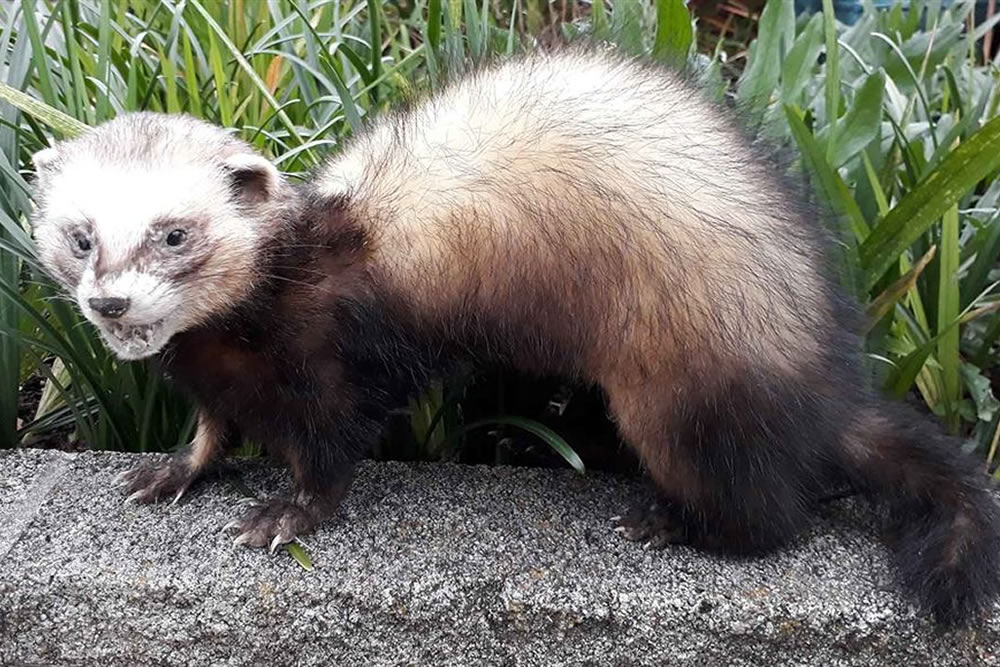
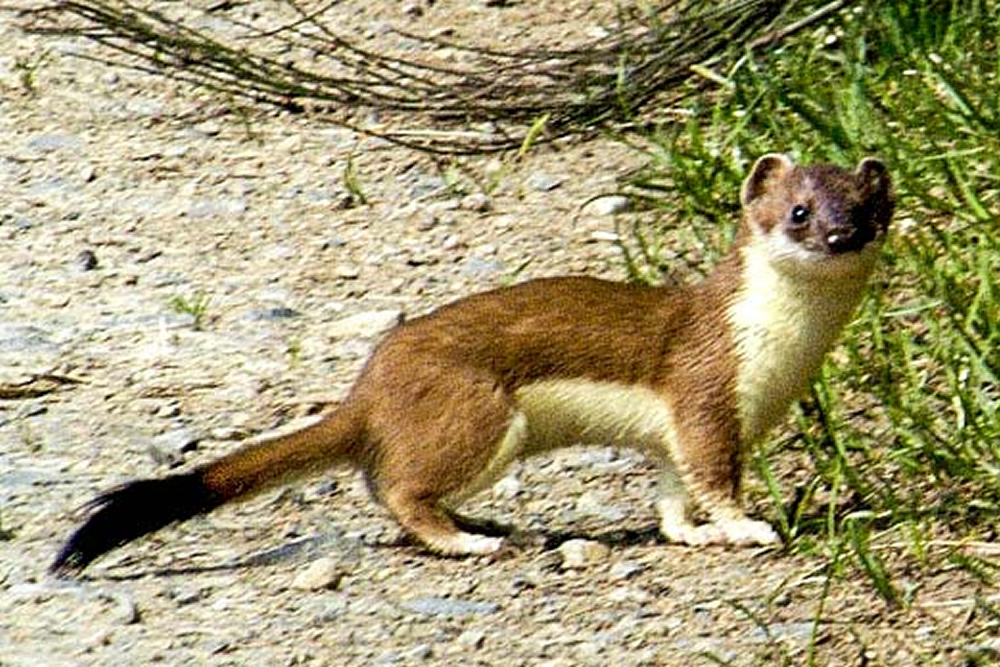
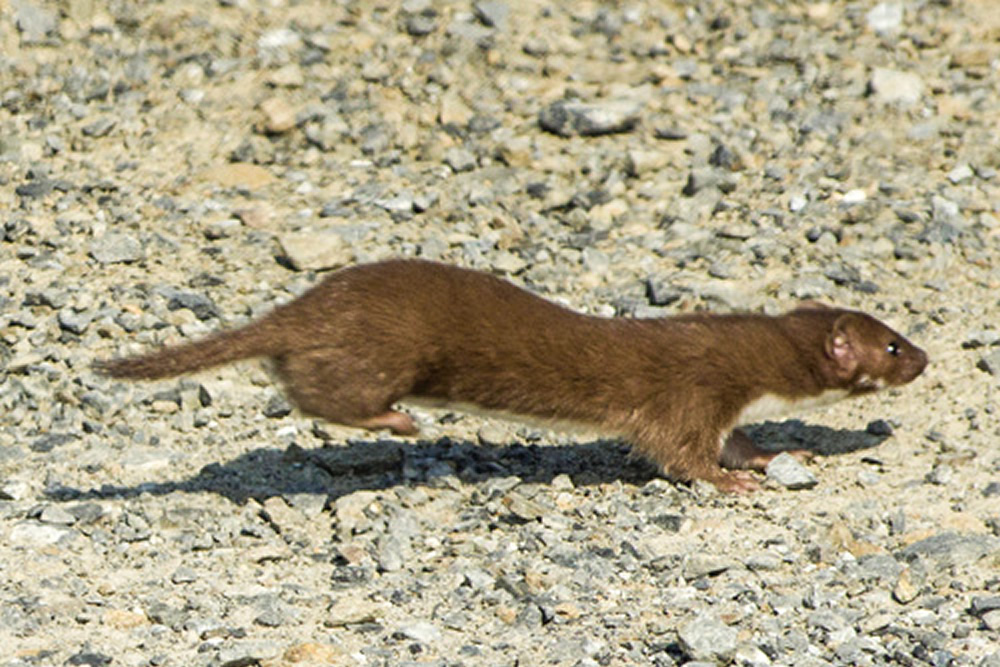
What’s the Problem?
Mustelids are a major threat to the survival of New Zealand’s native birds and animals. Flightless birds (such as kiwi) and birds that nest in holes (such as kaka) are particularly vulnerable.
Ferrets and stoats are more common than weasels, and stoats in particular are “natural born killers”. They are voracious and relentless hunters. Even in low numbers, mustelids can have a major impact on these animals and our native biodiversity in general.
Mustelids eat:
- Native birds, chicks, and eggs, including kiwi
- Native lizards and invertebrates like skinks and weta
- Domestic animals such as chickens, guinea pigs, and rabbits
Habitat
- Mustelids are found in diverse habitats including fertile pasture, rough grassland, tussock, scrubland and the fringes of nearby forest (forest fragments).
- Ferret populations are generally highest in rabbit-prone areas while weasels and stoat populations are generally highest in areas of indigenous bush and scrub. Ferrets are not as widespread as stoats. Weasels are less common than stoats and ferrets and may be displaced by stoats.
Behaviour
Ferrets
- Ferrets are mainly nocturnal. Unlike stoats and weasels, ferrets are not good climbers.
- Individual ferrets will usually exclude others of the same sex from their central home range.
- Ferrets usually mate in September. The litter, usually of 4–8 (up to 12), is born in October or November, with young becoming independent by late January. Females can have a second litter after this if food is abundant.
- Ferrets will often revisit the site of a kill.
- Learn more about Ferrets at Pest Detective!
Stoats
- Stoats are agile climbers, can live in trees, and hunt at any time, day or night.
- Stoats are prolific breeders. Young males mature when they are 10 months old. Breeding females and any juvenile females in dens will be impregnated by adult males. Female juveniles are usually pregnant before they become independent.
- Adult stoats live in separate home ranges for most of the year.
- Stoats do not make their own dens but take over those of other animals. Den sites are well hidden and include holes and cavities in tree trunks and amongst roots, rabbit burrows, ditches and piles of logs
- Learn more about Stoats at Pest Detective!
Weasels
- Weasels can be active during the day and the night.
- Their breeding season is from September through to March and a female can have up to three litters during that time. Litter sizes average 4.5 kits
- While mice are their preferred food, weasels are also known to eat birds, mice, geckos, skinks and invertebrates (including wētā).
- While weasels are not able to tackle the larger bird species (eg adult takahē and kiwi) that are preyed upon by stoats and ferrets, they will tackle prey much larger than themselves, so many nesting birds are easy targets.
- Learn more about weasels at Pest Detective!
Mustelid Identification
It’s not uncommon to mistakenly identify your first mustelid catches, after all they are all small, long, and slinky. But, once you’ve got one of each, it becomes far more apparent. Large and blacker, it’s ferret. Brown with a white belly and a tail with a black top, a stoat. Small with brown fur, a white belly and a short tail with no black tip, congratulations, you’ve caught a weasel!

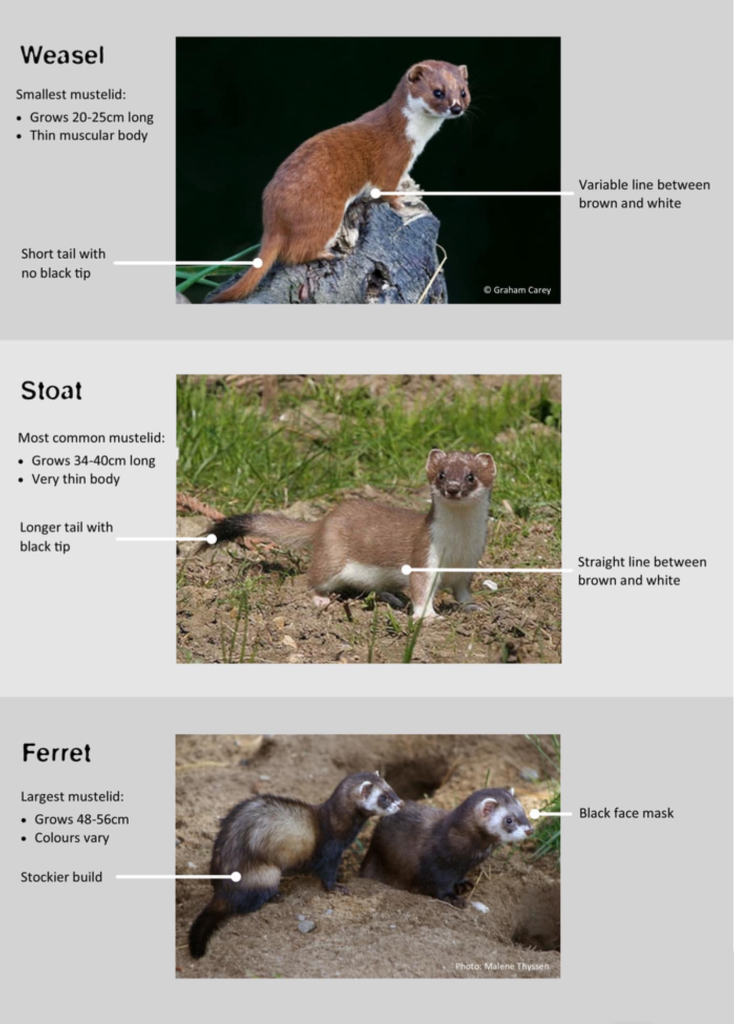
Ferrets
- Ferrets are the largest of the mustelid species. Male ferrets grow up to 44cm and females up to 37cm in length.
- The undercoat is creamy yellow with long black guard hairs that give the ferret a dark appearance.
- Legs and tail appear darker than the body.
- The lighter facial region has a dark mask around the eyes and across the nose.
Stoats
- Stoats have long, thin bodies with smooth pointed heads.
- They are smaller than ferrets. Males grow up to 30cm and females up to 25cm long.
- Ears are short and rounded.
- Their fur is dark brown with creamy white undercoat.
- Stoats have relatively long tails with a bushy black tip.
Weasels
- Weasels are the smallest and least common mustelid in New Zealand. Males grow to about 20cm.
- Their fur is brown with white undercoat, often broken by brown spots.
- Their tails are short, brown and tapering.
Mustelid Fact Comparisons (DOC)
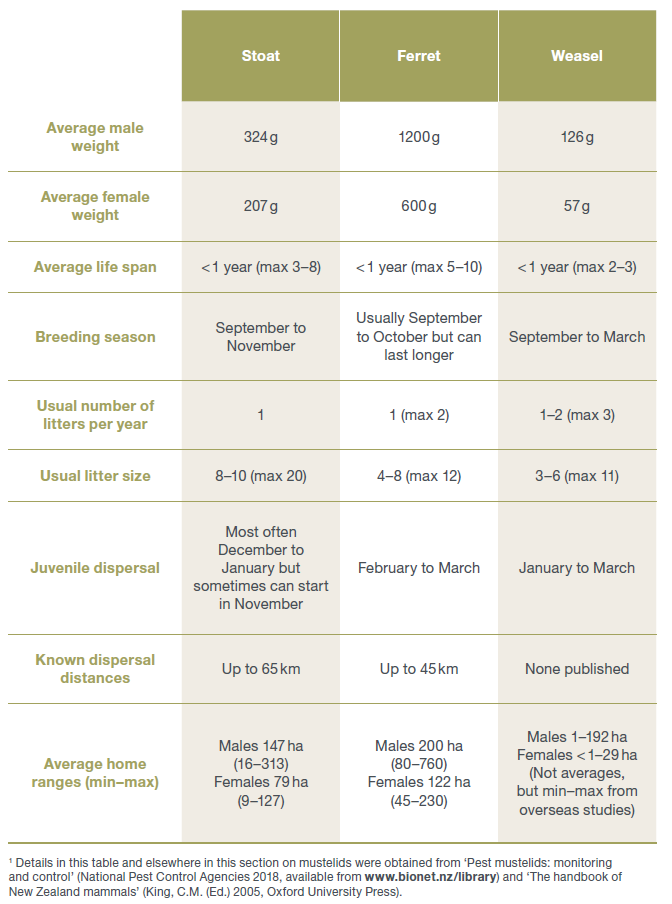
Stoat & Ferret Facts

Mustelids includes ferrets, stoats and weasels with stoats in particular being NZ’s pest “serial killers”. While of the same family they are all a little different.
Stoat & Ferret Traps

Mustelids vary in size from the small weasels to the considerably larger ferret. This means that one trap does not kill them all, find out which ones do.
Stoat & Ferret Trapping Tips
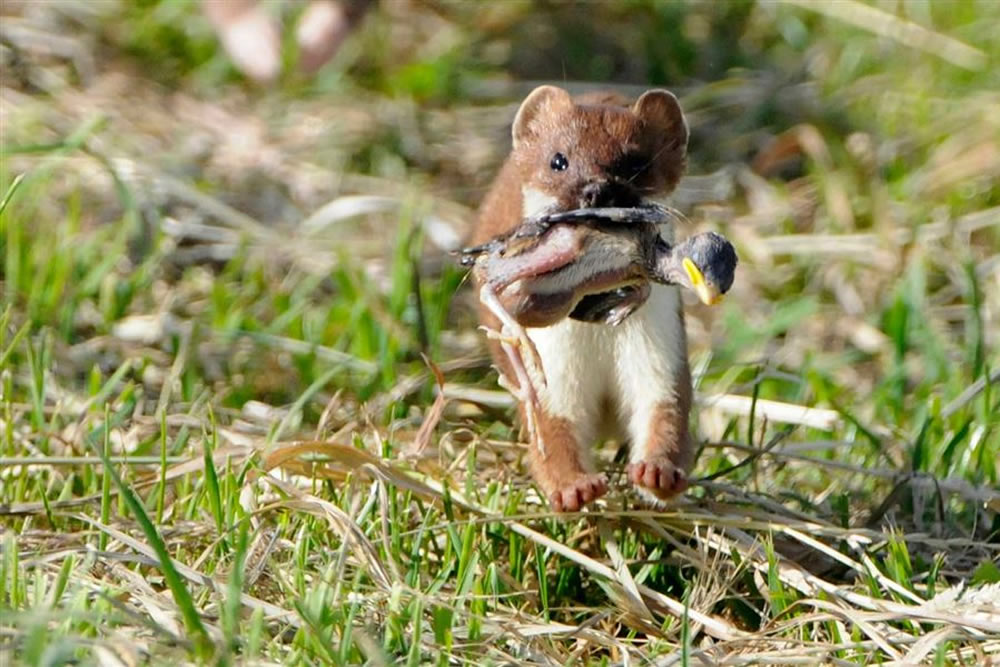
Similarly, what works for one, may not work for the other. Checkout these top tips for increasing your chances of catching a stoat, ferret or weasel.
Let’s work together to help reWild Wainui!
Join our community initiative to reduce Weeds, remove Pests and replant Natives.